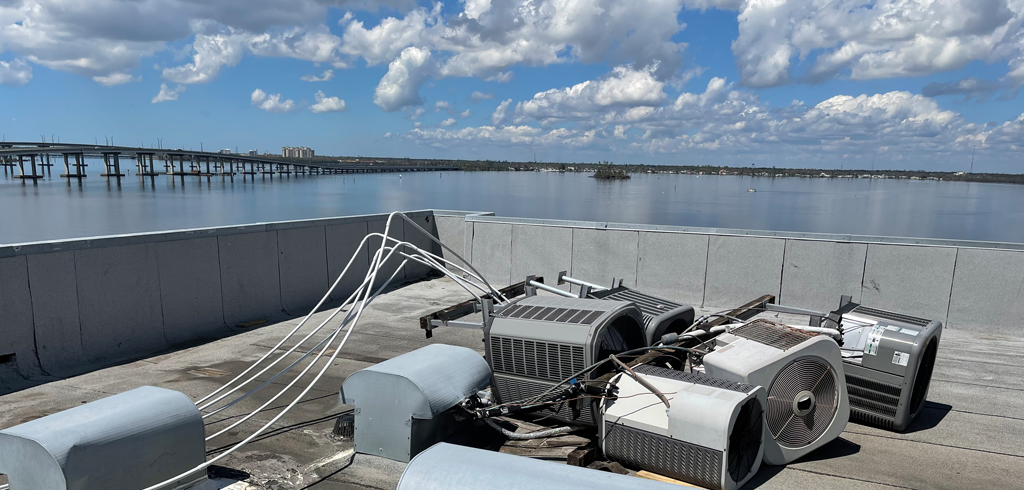What Causes A Hailstorm? Understanding The Science Behind It

Curious about what causes a hail storm? These ice-pelting events begin far above our heads, inside tall, thunderous cloud systems. The formation of hail is a process that relies on very specific weather conditions that all come together at the right time.
How Hailstones Begin
Hail develops inside cumulonimbus clouds, which are large and vertically developed storm clouds. Inside these systems, water droplets are pulled upward by strong air currents known as updrafts.
Once lifted high enough, those droplets encounter freezing temperatures. That’s when they start to form small balls of ice.
Each time the ice is pulled back into the upper part of the cloud, it gathers more moisture that freezes into new layers. The stronger the updraft, the more times the ice can cycle through this process. The result? Larger and heavier hailstones that eventually fall when they become too heavy for the wind to hold.
Conditions that Lead to Hail
The right mix of wind, humidity, and temperature makes hail formation possible. Warm, moist air near the surface combined with cooler air above creates the instability needed to form a storm. High-altitude freezing temperatures, strong updrafts, and rotating wind patterns all influence hail size and frequency.
Early preparation is recommended in areas prone to volatile weather. Learning proper hurricane preparation tips can help property owners develop a plan for multiple types of storm risks, including hail.
What Causes a Hail Storm to Occur?
When looking into what causes a hail storm to occur, it’s important to consider the speed of the storm’s vertical air currents. The faster the updrafts, the more likely hailstones are to form and grow in size. Hail doesn’t require freezing conditions at ground level.
In fact, some of the most damaging storms happen during warm seasons because surface heat helps create stronger storms.
Hail often surprises homeowners because it appears suddenly. There may be no warning signs. That’s why storm monitoring tools and professional assessments after bad weather are so valuable. What seems like minor impact at first can hide structural weaknesses in roofing, siding, or windows.
Impact on Property and Repairs
Larger hailstones can damage shingles, gutters, HVAC units, and even glass features. Smaller stones may not leave visible marks but still weaken surfaces over time. After any hailstorm, it’s smart to get a professional evaluation, especially for multi-family structures or buildings with complex exterior finishes.
Repeated hail exposure can shorten the lifespan of exterior systems and lead to insurance claims. Knowing what causes a hail storm helps owners spot vulnerabilities before the next event.
Know What to Expect from the Sky
The science behind hail formation is all about timing, wind, and temperature. Recognizing the signs of a hail-producing system helps property owners take the right precautions in advance and react quickly when a storm passes.
Stone Building Solutions helps clients across Florida assess storm-related damage and plan appropriate repairs. From condo developments to commercial structures, our experts specialize in pinpointing problems that others overlook.
Contact us to schedule a property inspection or learn more about your building’s vulnerability to hail and other weather threats.
